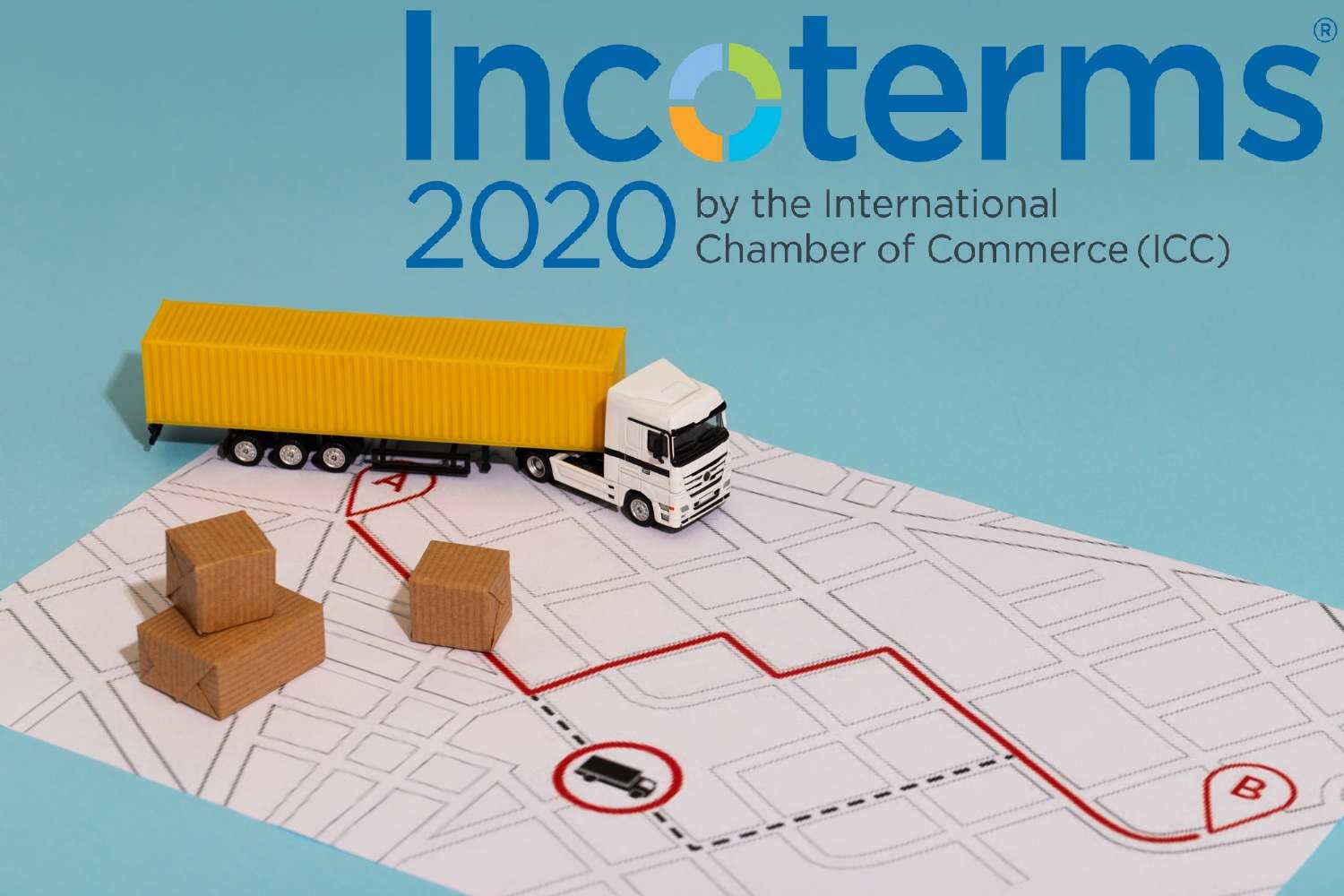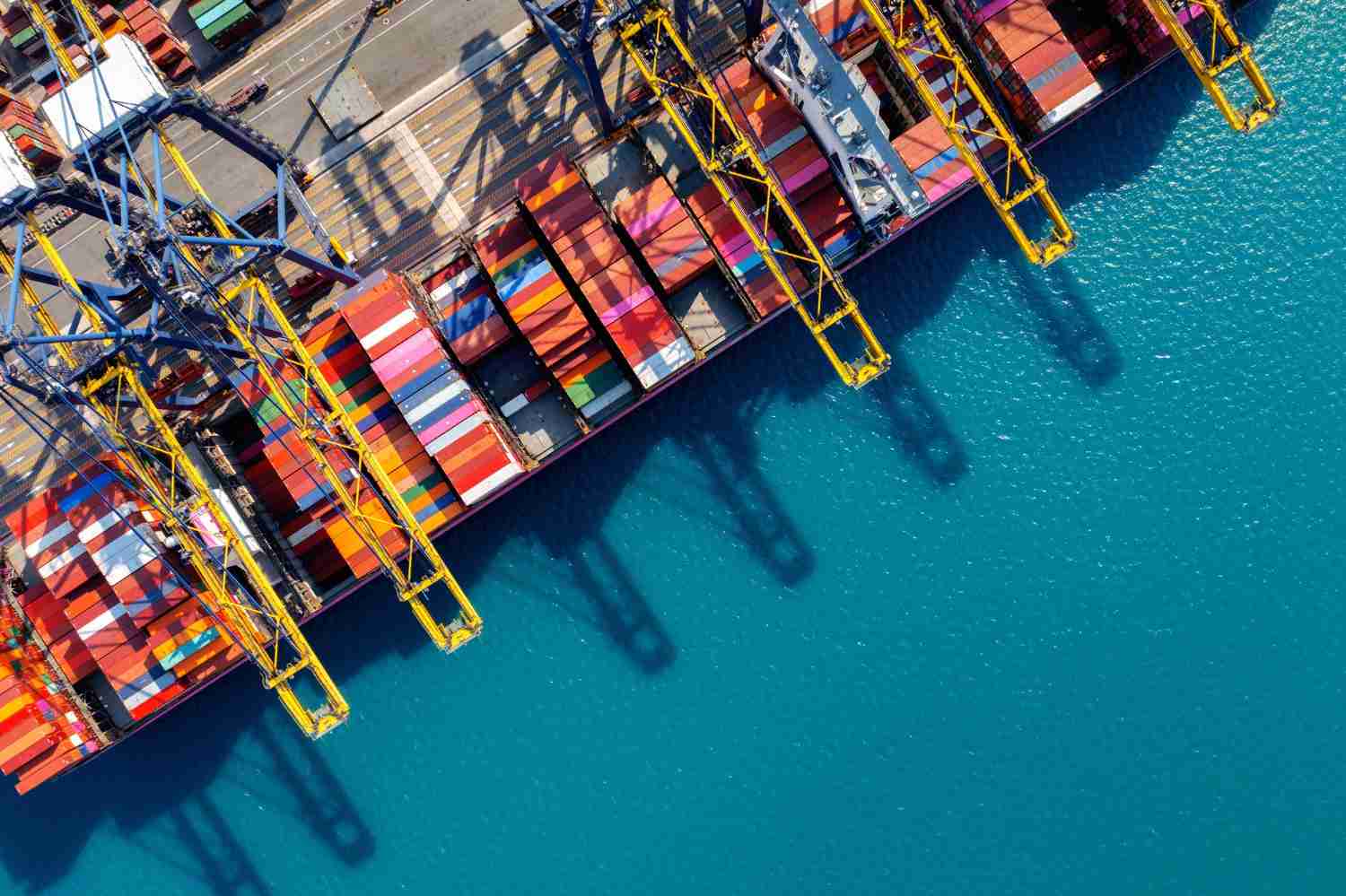
Article content:
We continue our series of articles for those who want to learn more about Incoterms — the rules that govern delivery terms in international trade. Today, we will explain in detail what CPT means, who pays for delivery, and when risks transfer from one party to another.
What is CPT: the abbreviation stands for Carriage Paid To. This means that the seller (supplier) covers the transportation costs to the final destination point. However, the risks transfer to the buyer when the goods are handed over to the first carrier (there may be several during transit).
A company from Germany sells electronics to Canada. According to the contract, the delivery terms are CPT Toronto. The German supplier pays for the delivery to Toronto, but responsibility is transferred when the cargo is handed over to the carrier in Germany. This means the Canadian client decides on insurance and shares the risks with the carrier.
Delivery under CPT terms includes the following seller obligations:
The buyer’s obligations include:
It’s important to distinguish between CPT and DAP. In the first case, the buyer assumes the risks, pays for insurance and any additional costs that may arise during transportation, such as reloading or demurrage. Under DAP, the supplier is responsible for the goods up to the final delivery point. The buyer receives them at the agreed location without dealing with logistics details.
These terms are advantageous when the supplier wants to control transport costs but avoid risks after dispatch. This option is convenient:
However, this model is not beneficial if the buyer is unfamiliar with the nuances; in that case, it’s better to outsource international logistics services to a third party that handles shipping and documentation.
This will be cheaper than other Incoterms models with more seller responsibility. Logistics companies usually offer favorable rates, but the buyer must find a reliable one.
The CPT Incoterms 2020 terms clarified the following points:
The 2020 edition complements and clarifies the 2010 and 2000 versions.
Although the method is convenient, it may create issues for both sellers and buyers. Main difficulties:
The supplier is obliged to ship goods of specified quality and quantity but bears no responsibility afterward. That’s why it's important to inspect products before loading.
Solution: the buyer may hire a third party for independent inspection and cover expert service costs themselves.
The buyer is responsible for import customs clearance. The process is regulated by local laws and includes many payments and nuances.
Solution: to ensure proper and fast clearance, customs broker services can be ordered.
If goods are damaged or lost after the risk transfer, the supplier cannot be held liable.
Solution: the buyer insures the goods independently or negotiates the inclusion of insurance in the agreement.

If you are considering the Carriage Paid To Incoterm, DiFFreight will help you understand all the nuances.
DiFFreight experts share recommendations:
If you are not ready to bear the risks, consider alternative options like CIP (Carriage and Insurance Paid To), where insurance is included. Or choose a different Incoterm, such as DAP. Although the rates will be higher, you won’t have to deal with formalities, insurance, and customs clearance.
DiFFreight is an international logistics company with many years of experience. We will help you select the optimal Incoterms conditions for your cargo and organize fast delivery from China, the USA, and Europe. We tailor supply models individually: book a consultation with our experts!